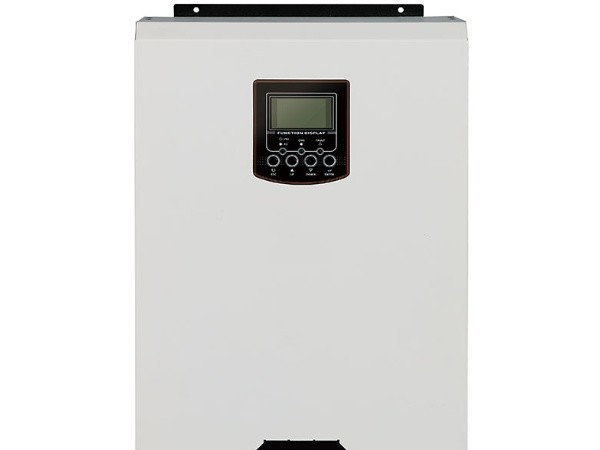The working principle of the hybrid inverter(1)
2022-01-11
Hybrid Inverter is a DC to AC transformer, which is actually a voltage inversion process with converter. The converter converts the AC voltage of the power grid into a stable 12V DC output, and the inverter converts the 12V DC voltage output by the adapter into high-frequency high-voltage AC; Both parts also use the more widely used pulse width modulation (PWM) technology. Its core part is a PWM integrated controller, the adapter uses UC3842, and the inverter uses tl5001 chip. The working voltage range of tl5001 is 3.6 ~ 40V. It is internally equipped with an error amplifier, a regulator, oscillator, PWM generator with dead band control, low-voltage protection circuit and short-circuit protection circuit.
Input interface part of the hybrid inverter: the input part has three signals, 12V DC input VIN, working enabling voltage ENB and panel current control signal dim. Vin is provided by the adapter, and ENB voltage is provided by MCU on the main board. Its value is 0 or 3V. When ENB = 0, the inverter does not work, and when ENB = 3V, the inverter is in normal working state; The dim voltage is provided by the main board, and its variation range is 0 ~ 5V. Feed back different dim values to the feedback terminal of PWM controller, and the current provided by the inverter to the load will also be different. The smaller the dim value is, the greater the current output by the inverter.(hybrid inverter)




